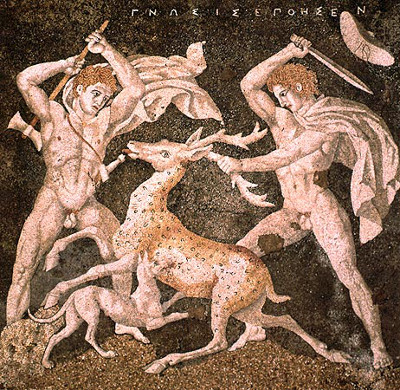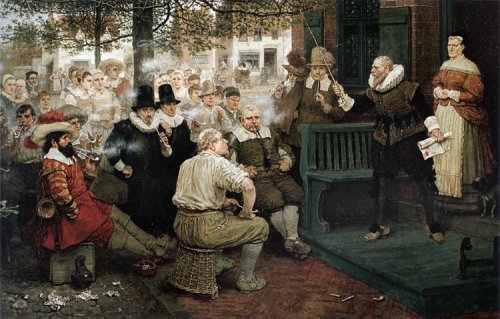In the eyes of the law, a corporation is a person. But it’s a strangely bodiless person, which makes it tricky to punish with laws designed for human offenders.
Tired of this, federal judge Robert Doumar in 1988 sentenced Allegheny Bottling Company to three years in prison and a fine of $1 million. The company had been caught in a price-fixing scheme that cheated consumers out of at least $10 million. “Congress has not said a corporation could not be imprisoned,” Doumar said. “This court will deal with any individual who similarly disregards the law.”
How? The court decided that the essence of imprisonment is restraint, or a deprivation of liberty, and that it could restrain or immobilize a corporation — by closing the physical plant and guarding it, for example. Doumar suspended the sentence but said that if the company violated its probation he would send a U.S. Marshal to “padlock every facility Allegheny owns.”
“Some 200 years ago, the Lord Chancellor of England said, ‘You cannot expect a corporation to have a conscience when it has no soul to be damned and no body to be kicked,'” he said. “Obviously, Allegheny Bottling Company did not have a conscience.”
More recently, California resident Jonathan Frieman put a charity’s incorporation papers in his passenger seat and drove in the carpool lane, arguing that his car now had multiple occupants.
“After I explained the reason I was citing him, he explained to me that he was exempt because he was in essence a corporation,” CHP Officer Troy Dorn testified. “I explained to him I was not sure about his standing as a corporation but he could explain it later in a Marin County court.”
Jurist Frank Drago admired the novelty of Frieman’s argument but said, “I look at it a little differently. … Common sense says carrying a sheath of papers in the front seat does not relieve traffic congestion. And so I’m finding you guilty.”





